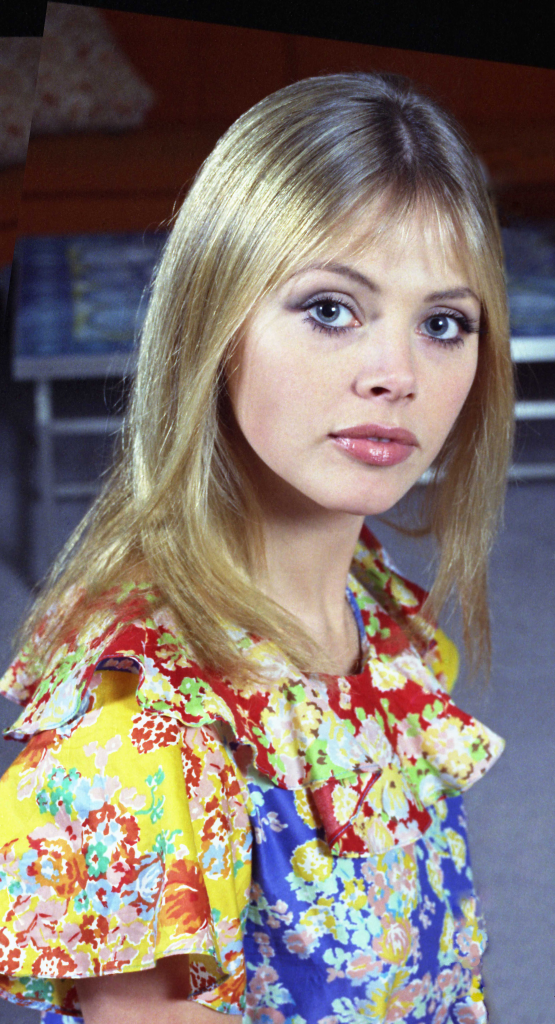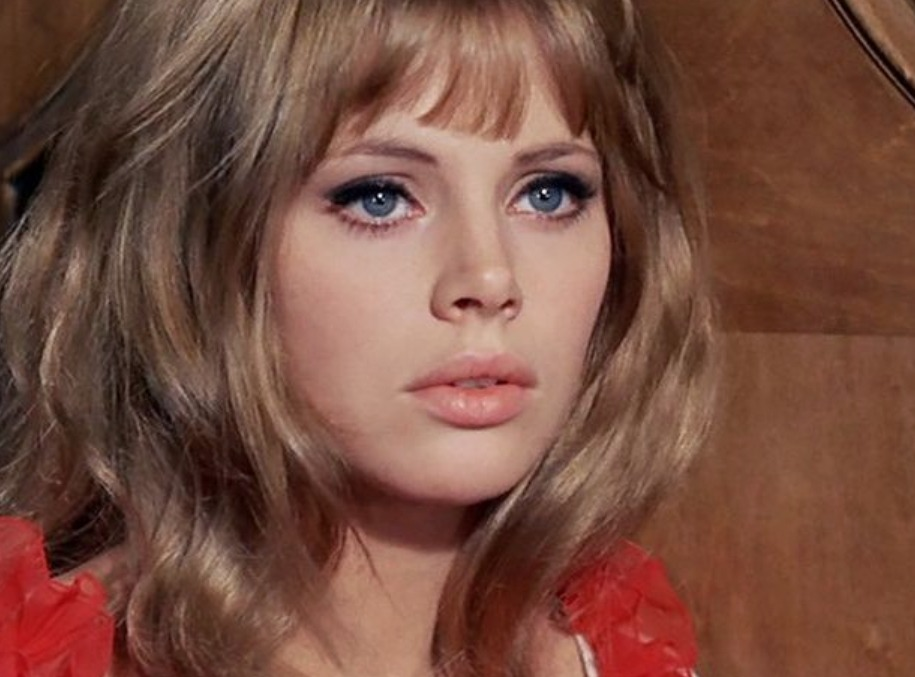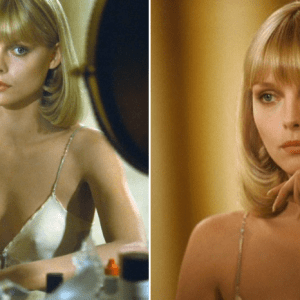
Born in Stockholm in 1942, Britt Ekland grew up far from the glitz of Hollywood—but destiny had already cast her for stardom. With her luminous smile, golden hair, and piercing gaze, she didn’t just walk into the entertainment world; she owned it. Her rise in the 1960s and 1970s marked the arrival of a woman who would come to define the elegance and allure of an entire cinematic generation.
The Role That Changed Everything
When Britt starred as Mary Goodnight in The Man with the Golden Gun (1974) opposite Roger Moore, she didn’t just play a part—she became the part. That performance gave her worldwide fame and established her as one of the most glamorous faces in the Bond universe. Yet, beyond her beauty, it was her charisma and natural charm that made audiences fall in love with her. She exuded confidence, sophistication, and a sense of humor that felt refreshingly real.
Video: What The Peeper Saw Tv Spot
Ekland wasn’t limited to being the “pretty face.” She starred in numerous European films, proving she could play both drama and comedy with grace and depth. Her range allowed her to cross borders and win hearts across continents, from Sweden to Hollywood and beyond.

A Career That Transcended the Screen
Britt Ekland was never content with one label. Actress, singer, model—she wore them all effortlessly. She took on television, theater, and even music projects, always pushing herself to explore new artistic dimensions. Her boldness made her one of the few European stars of her era who could truly thrive on both sides of the Atlantic.
Her presence extended beyond her roles. She was seen as a style icon—elegant, confident, and always ahead of her time. Every public appearance became an event, every photo a statement. Britt’s name became synonymous with glamour, yet she carried it with humility and grace.

Love, Fame, and the Public Eye
No discussion of Britt Ekland’s story would be complete without acknowledging the intense media fascination that followed her. Her relationships with Peter Sellers and Rod Stewart often made front-page headlines, turning her personal life into a topic of global curiosity. But while many crumbled under such scrutiny, Britt never lost her balance.
She handled fame with a mix of poise and honesty, admitting that the spotlight could be heavy but never letting it dim her inner light. Each chapter of her personal life added depth to her public persona, making her a woman both admired and understood.
Video: Top 10 Most Beautiful Actresses Of 1970s Then And Now
An Icon That Refused to Fade
Time might have passed, but Britt’s brilliance never waned. She continued appearing in television, film, and theater well into later years, always reinventing herself and adapting to new creative eras. Her willingness to evolve became the secret behind her lasting relevance.

Many stars fade once the lights go out—but Britt’s glow remained steady. She understood that beauty evolves, talent endures, and legacy lives on through reinvention.
Video: Britt Ekland Opens Up About Her Marriage To Peter Sellers
The Eternal Elegance of Britt Ekland
Today, Britt Ekland stands as more than just a face from the golden age of cinema. She represents resilience, artistry, and timeless allure. Her performances helped define a cinematic era where elegance met emotion, and she inspired countless women to embrace confidence without compromise.
Her influence can still be seen in modern cinema—actors channeling her poise, directors recalling her magnetic screen presence. Britt didn’t just play characters; she created moments that lingered in the hearts of audiences for generations.

From her humble beginnings in Sweden to the glimmering lights of Hollywood, Britt Ekland’s story is a celebration of ambition, strength, and grace. She faced fame, love, and reinvention with a spirit that refused to dim.
Her name continues to evoke admiration, not just for her beauty but for her courage to stay true to herself through decades of change. Britt Ekland isn’t simply remembered—she’s revered. Because true stars, as she’s proven, don’t fade with time—they shine brighter with every passing year.


